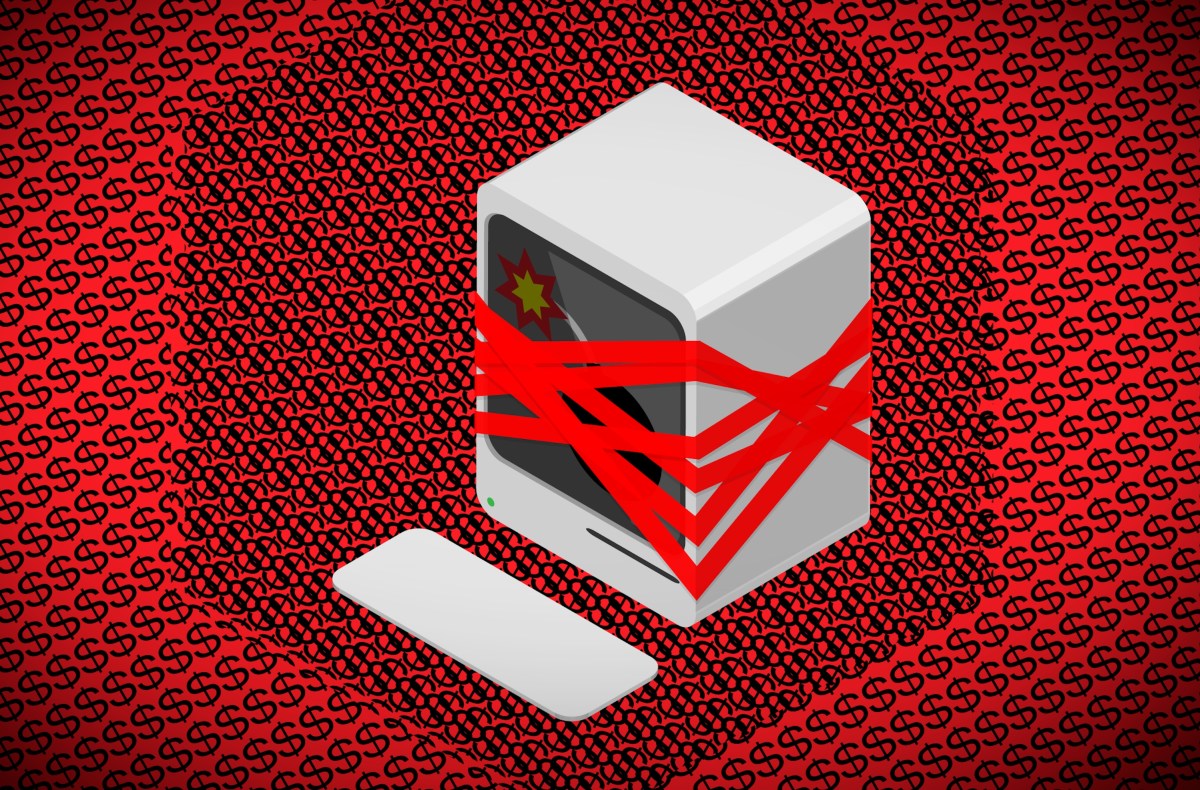These career break coaches help people quit their jobs to figure out their next step
After 13 years of grinding away in the corporate world, Katrina McGhee was feeling more burned out than fulfilled. So, she made an escape plan: Save $40,000 to fund a year off of work. A year-and-a-half later, she left her market research job for a 20-month career break. She rested. She road-tripped through the U.S. She got certified as a yoga teacher in Bali. She fermented her own vegetables. And she thought, a lot, about how she wanted to help others do the same. After reentering corporate life for two more years to pay off her student debt and getting licensed as a life coach, she struck out on her own to help 9-to-5ers temporarily leave the workforce. Once deemed a red flag, career breaks are rising in popularity as they lose their stigma, thanks in large part to the pandemic’s seismic shift in how we view life and work. Since LinkedIn implemented a feature in 2022 that allows workers to add career breaks to their résumés, two million members have used it. A recent LinkedIn survey found that 62% of employees have taken a career break and nearly half of employers believe candidates with career breaks are an untapped talent pool. The shifting sentiment is opening up doors for some career coaches like McGhee, who are using their own career break experience to specialize in guiding workers—typically mid-professional overachievers—on how to prepare for career breaks, sabbaticals, and the like and get back in the game when it’s over. Who needs a career break the most When McGhee launched her business pre-pandemic in 2018, she says she originally marketed herself as an unconventional career success coach since career breaks had a negative stereotype. But after stepping away from work again two years later, she relaunched in 2020 as a career break coach. The pandemic helped people realize they need more ways to create sustainability in how they’re living and working, because “this ‘always on’ pace is just not sustainable,” says McGhee, who is based in Minnesota. “Career breaks are creating another lever to pull to bring life back in balance.” She typically juggles seven to 13 clients at a time, who seek her out because they’re either struggling to pause from the grind or feel misaligned with the career path they’ve been on. Slightly over half want to take a break but don’t know how, she says, while slightly under half have already quit their jobs and want to be prepared. Her three-month packages cost $2,000 and include on-demand support, plus six hour-long check-in sessions that involve diving deep into what clients want from their break and creating a blueprint for it, as well as navigating places where they feel stuck, whether it’s giving notice, struggling to rest, or redefining their identity. She’s supported 100 career breaks so far, helping everyone from guidance counselors and French teachers to CEOs and VPs. Those using career break coaches are often type-A high performers in their 30s and 40s, sometimes older or younger, who have a huge degree of responsibility and a high level of emotional intelligence. Many spend six to 12 months reconnecting with themselves after burnout and contemplating their next career move. While the majority return to their old field, some make a complete career switch or become self-employed. “They get to this point where it feels like this tension between trying to balance work and life and finding fulfillment in what we do day to day just starts to become a little bit too much,” says Philadelphia-based Lydia Hamilton, founder of Lyd on The Go. “They have the resources to say, ‘I don’t want to do this right now and I don’t have to do this right now.’” Hamilton hit a wall last year as a vice president in business operations. She left her job for a six-month break in search of rest and adventure. She volunteered at a farm in Tennessee, learned how to surf in Barbados, visited Antarctica, and took a 50-day solo trip through Asia. She returned to start her own business offering project management consulting and travel transformation coaching, in which she offers $199 sounding board sessions for those evaluating how to spend their career break and $499 concierge building sessions to help clients plan their career break travels.She also helps clients navigate their careers in four steps: Assess their career history and interests. Identify what professional success looks like beyond money. Explore career alternatives. Create or search for roles that meet both their personal fulfillment and compensation expectations. The key in each step is to help clients reflect on what resonates most with them, eliminating the “perception noise” of others, she says. “The chase is no longer for a title or money alone, it’s about finding or creating a space to do what you do well in an environment that supports your well-being.” Sabbatical vs. career break Those on the fence of taking a career break often need help navigating their fears, w

After 13 years of grinding away in the corporate world, Katrina McGhee was feeling more burned out than fulfilled. So, she made an escape plan: Save $40,000 to fund a year off of work. A year-and-a-half later, she left her market research job for a 20-month career break.
She rested. She road-tripped through the U.S. She got certified as a yoga teacher in Bali. She fermented her own vegetables. And she thought, a lot, about how she wanted to help others do the same. After reentering corporate life for two more years to pay off her student debt and getting licensed as a life coach, she struck out on her own to help 9-to-5ers temporarily leave the workforce.
Once deemed a red flag, career breaks are rising in popularity as they lose their stigma, thanks in large part to the pandemic’s seismic shift in how we view life and work. Since LinkedIn implemented a feature in 2022 that allows workers to add career breaks to their résumés, two million members have used it. A recent LinkedIn survey found that 62% of employees have taken a career break and nearly half of employers believe candidates with career breaks are an untapped talent pool.
The shifting sentiment is opening up doors for some career coaches like McGhee, who are using their own career break experience to specialize in guiding workers—typically mid-professional overachievers—on how to prepare for career breaks, sabbaticals, and the like and get back in the game when it’s over.
Who needs a career break the most
When McGhee launched her business pre-pandemic in 2018, she says she originally marketed herself as an unconventional career success coach since career breaks had a negative stereotype. But after stepping away from work again two years later, she relaunched in 2020 as a career break coach.
The pandemic helped people realize they need more ways to create sustainability in how they’re living and working, because “this ‘always on’ pace is just not sustainable,” says McGhee, who is based in Minnesota. “Career breaks are creating another lever to pull to bring life back in balance.”
She typically juggles seven to 13 clients at a time, who seek her out because they’re either struggling to pause from the grind or feel misaligned with the career path they’ve been on. Slightly over half want to take a break but don’t know how, she says, while slightly under half have already quit their jobs and want to be prepared.
Her three-month packages cost $2,000 and include on-demand support, plus six hour-long check-in sessions that involve diving deep into what clients want from their break and creating a blueprint for it, as well as navigating places where they feel stuck, whether it’s giving notice, struggling to rest, or redefining their identity. She’s supported 100 career breaks so far, helping everyone from guidance counselors and French teachers to CEOs and VPs.
Those using career break coaches are often type-A high performers in their 30s and 40s, sometimes older or younger, who have a huge degree of responsibility and a high level of emotional intelligence. Many spend six to 12 months reconnecting with themselves after burnout and contemplating their next career move. While the majority return to their old field, some make a complete career switch or become self-employed.
“They get to this point where it feels like this tension between trying to balance work and life and finding fulfillment in what we do day to day just starts to become a little bit too much,” says Philadelphia-based Lydia Hamilton, founder of Lyd on The Go. “They have the resources to say, ‘I don’t want to do this right now and I don’t have to do this right now.’”
Hamilton hit a wall last year as a vice president in business operations. She left her job for a six-month break in search of rest and adventure. She volunteered at a farm in Tennessee, learned how to surf in Barbados, visited Antarctica, and took a 50-day solo trip through Asia.
She returned to start her own business offering project management consulting and travel transformation coaching, in which she offers $199 sounding board sessions for those evaluating how to spend their career break and $499 concierge building sessions to help clients plan their career break travels.
She also helps clients navigate their careers in four steps:
- Assess their career history and interests.
- Identify what professional success looks like beyond money.
- Explore career alternatives.
- Create or search for roles that meet both their personal fulfillment and compensation expectations.
The key in each step is to help clients reflect on what resonates most with them, eliminating the “perception noise” of others, she says. “The chase is no longer for a title or money alone, it’s about finding or creating a space to do what you do well in an environment that supports your well-being.”
Sabbatical vs. career break
Those on the fence of taking a career break often need help navigating their fears, which sabbatical coach and consultant Lyndall Farley says often manifest around two things: others’ opinions and losing their golden handcuffs.
“Being without income is a great source of fear, even though a sabbatical is within reach,” she says. She helps companies implement sabbatical programs and workers—often those in professional services firms like tech and law—embrace their sabbaticals as a powerful reflection rather than a weird résumé gap they have to explain.
The former consultant has taken 11 sabbaticals herself. During her eighth one, in the frigid cold of Antarctica, she thought of entrepreneurship. But it wasn’t until her ninth sabbatical in Bali, when people listened to her stories, that she decided to become a sabbatical coach. She launched Beyond a Break in 2018.
“In the beginning, I felt like I was the crazy sabbatical lady. I spent a lot of time defining the word,” says Farley, who is based in Amsterdam. But from 2016 to 2021, the percentage of companies offering unpaid sabbaticals grew from 18% to 27%, per a 2022 World at Work survey. “Now, I’m just the sabbatical lady.”
She guides clients through five steps: plan, decompress, discover, integrate, and transition.
What you lose if you don’t take a break
If you’re fighting the fear of what you stand to lose—like money or benefits—from taking a career break, Farley advises asking yourself what happens if you don’t. The answer might be burning out and living in mediocrity, she says.
People don’t think about the things they’d lose if they don’t take a break, seconds McGhee. “You’re risking your health and showing up for work at 40% of what you could be and what you could do,” she says. “You’re also risking finding a job or a career you can be lit up for and contributing at a much higher level.”
You need to give yourself permission, she advises. “Many people can find the money that allows them to recharge, but don’t want to give themselves permission. They’re just like ‘smart is always saving, always going, always striving.’ It’s like they’re waiting to start their life. What they need is to take care of themselves.”
All career coaches agree that if you want a career break, you need to first plan how you’ll cover your expenses and set a savings goal. Then, get clarity on your purpose and intentions. What do you want to get out of it? Travel? Find a new career path? Reconnect with loved ones? Once you take the leap, Hamilton advises journaling throughout your journey so that you have a place to put down the thoughts that will arise.
And don’t forget to take a breath after your years of running, says McGhee. “If there is one universal law when you’re taking this break, give yourself time to sort of power down before you power back up.”






















